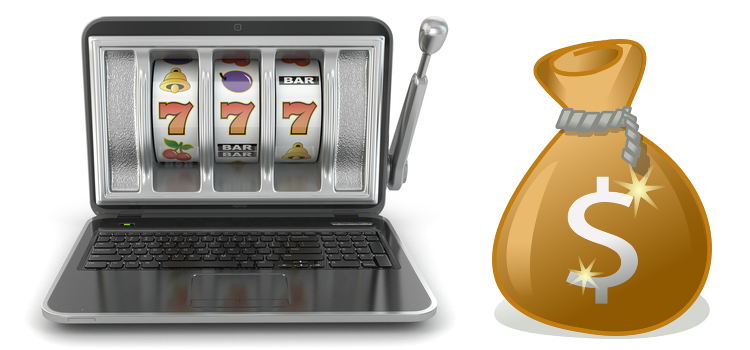Chances are slim that you’ll ever play in a game with crooked dice at a modern casino. However, every now and then, some idiot tries to cheat the system by inserting crooked dice into the game. By adhering to strict policies for controlling the game, casinos eventually catch even the most skilled slight-of-hand artists.
Each player must handle the dice with only one hand and must not bring the dice outside the table. These two simple rules make the cheat’s job extremely tough. To make it more difficult, the table has a mirror along the entire length of the wall opposite the boxman so the boxman can easily see if the shooter is “palming” dice. Additionally, each time a die leaves the table after a roll, the die doesn’t come back into play until after the boxman thoroughly inspects it. The dice are replaced at random times during the day and typically don’t remain in play for more than 24 hours.
Crooked dice come in many forms, such as loaded, painted, capped, tripped, bricks, and floaters. Loaded dice are heavier on one side. Painted dice have a solution applied to one side to make it stickier. Capped dice are shaved on one or more sides and the removed material is replaced by a material with different bounce characteristics. Tripped dice have their edges altered so they’re not all equal. Bricks (a.k.a. flats) have one side shaved to reduce the surface area of the adjoining sides. Floaters (because they float in water) have an off-center hole inside them. Shapes are dice that aren’t perfect cubes (some or all sides are either concave or convex).
The intent of crooked dice, regardless of their form, is to alter the likelihood of certain numbers appearing. Even a slight change in the odds of a certain number appearing may be enough to change a small house advantage into a small player advantage. “Passers” are crooked dice modified to favor point numbers, while “missouts” are modified to favor the number 7.
Now you know! Learn more at http://www.learnthesecrettocraps.com/
By William Enslen Jr
Bill Enslen is a reliability engineer who routinely works with statistics. Having played and analyzed craps for 25 years, he’s compiled his winning secrets in a new eBook, which you can sample at http://www.learnthesecrettocraps.com/











No Comment